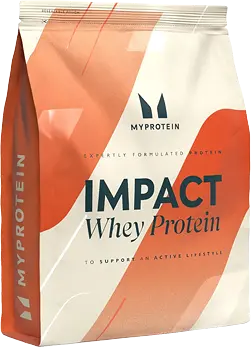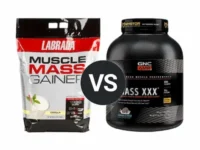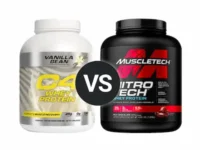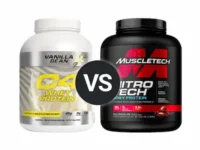Knowledge BaseYou're Questions Answered
How do I mix whey protein powder?
Mixing whey protein powder effectively is key to enjoying its benefits and improving its taste. Whey protein is versatile and can be mixed in various ways depending on your taste preferences and nutritional needs.
Basic Mixing Instructions: To mix whey protein powder with a liquid, you will typically need about 6 to 8 ounces of your chosen liquid per scoop of protein powder. Water, milk, or any plant-based milk are commonly used. Simply add the protein powder to the liquid, and use a shaker bottle or blender to mix until the powder is well dissolved. This method ensures a smooth, clump-free shake1.
Blender Smoothies: For a more nutritious shake, you can blend whey protein with fruits, vegetables, and other ingredients. Combining one scoop of whey protein with ingredients like bananas, berries, spinach, or peanut butter not only enhances the flavor but also increases the nutritional value. Blend until smooth2.
Stir Into Foods: Whey protein can also be mixed into various foods. Stir a scoop into your oatmeal, yogurt, or pancake batter to boost protein intake. This is an excellent way to incorporate protein into your meals, especially if you're looking for ways to increase intake without drinking shakes3.
Tips for Best Results: To avoid lumps in your shake, add the liquid first and then the protein powder. If using a shaker bottle, make sure it has a mixing ball to help break up clumps. If you find the taste of whey protein too bland or strong, adjust the amount of protein powder or experiment with different flavors and brands4.
- Hoffman, J. R., & Falvo, M. J. (2004). Protein – Which is Best? Journal of Sports Science and Medicine, 3(3), 118-130.
- Smith, J. (2019). Nutritional shakes for athletes. Nutrition Today, 54(2), 59-64.
- Young, V. R., & Pellett, P. L. (1994). Plant proteins in relation to human protein and amino acid nutrition. The American Journal of Clinical Nutrition, 59(5 Suppl), 1203S-1212S.
- Park, S., Church, J. D., & Son, W. M. (2019). Functional Foods: The Benefits of Nutrient Enrichment. Nutrition Reviews, 77(4), 217-225.
Related Questions

Your Answer
We are a participant in the Amazon Services LLC Associates Program, an affiliate advertising program designed to provide a means for us to earn fees by linking to Amazon.com and affiliated sites.






